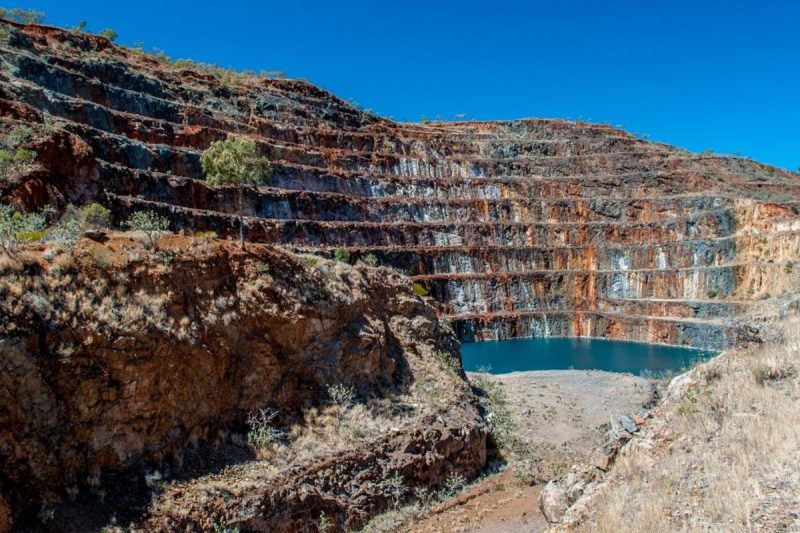1. McArthur River Mine, Canada
Located in the Athabasca Basin area in Saskatchewan, McArthur River became operational in 1999 and consistently tops the list of the world’s largest high-grade uranium deposits. Operated by Cameco Corporation, the mine currently extracts 7,500 tons of uranium annually, representing approximately 11% of the global uranium production.
2. Cigar Lake Mine, Canada
Situated in the same Athabasca Basin as McArthur River, Cigar Lake is yet another jewel in Canada’s uranium mine crown. This mine is known for its technologically advanced mining methods. Despite a challenging mining environment due to the deposit location, Cigar Lake manages to produce around 6,800 tons of uranium per year.
3. Olympic Dam Mine, Australia
In Southern Australia is the world’s largest known single deposit of uranium: the Olympic Dam mine. While better known for copper mining, it also produces substantial quantities of uranium. As of 2024, the mine is owned and operated by BHP, the world’s largest mining company, pushing its uranium production to about 4,000 tons per year.
4. Tortkuduk & Myunkum Mines, Kazakhstan
Amidst the barren landscapes of Kazakhstan, the Tortkuduk & Myunkum mines stand as significant contributors to global uranium production. Operated through a joint venture between mining giants Orano and Kazatomprom, these mines employ in-situ leaching techniques. Their combined contribution accounts for approximately 4,000 tons of uranium annually.
5. Inkai Mine, Kazakhstan
The vast and open steppes of Kazakhstan are also home to the Inkai uranium mine. Managed by Cameco in partnership with Kazatomprom, the mine is a key supplier, exporting uranium to many countries globally. Applying in-situ leaching methods, Inkai contributes about 3,000 tons annually to the world’s uranium supply.
6. Langer Heinrich Mine, Namibia
Moving to the continent of Africa, the Langer Heinrich Mine is located in the Namib Desert of Namibia. Overseen by Paladin Energy, it is the only operational conventional open pit uranium mine in the country as of 2024. Producing around 2,500 tons annually, Namibia’s biggest uranium mine holds great future potential.
7. Rossing Mine, Namibia
Also located in Namibia, Rossing, owned by China National Nuclear Corporation, is the longest-running and one of the biggest open pit uranium mines in the world. Despite falling uranium prices over the years, Rossing’s annual production remains stable, bringing about 2,100 tons yearly to the market.
8. Arlit Mine, Niger
Niger’s Arlit mine, operated by Orano, is one of Africa’s top uranium producers, contributing significantly to the uranium export of the country. The mine employs open pit and underground mining to procure uranium deposits and annually yields close to 2,090 tons.
9. Ranger Mine, Australia
The Ranger Mine in Australia’s Northern Territory, managed by Energy Resources of Australia (ERA), is a leading producer with an annual output of around 2,000 tons. It’s noteworthy to mention that Ranger has an agreement with the traditional Aboriginal owners, ensuring that the mining operation respects local customs and eco concerns.
10. Kraznokamensk Mine, Russia
Rounding off this list with Russia’s largest and oldest uranium enterprise, the Kraznokamensk mine. Operated by ARMZ Uranium Holding Company, a part of Rosatom State Atomic Energy Corporation, this mine’s extensive uranium deposits significantly contribute to Russia’s total uranium output with annual production of approximately 2,000 tons.
It’s fascinating to look at the global tapestry of uranium mines and how they contribute to the world’s energy supply. Each mine on this list stands out with its unique set of circumstances and leaves an indelible print on the world’s uranium production.




